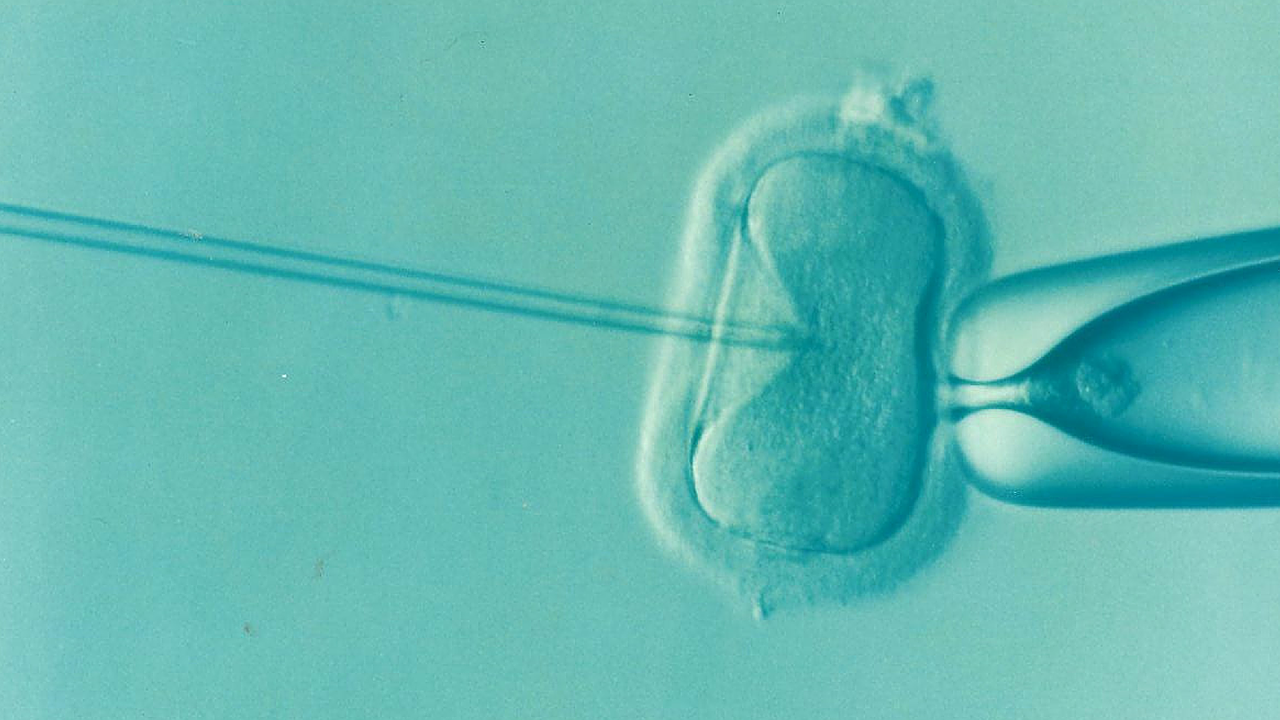When undergoing IVF there are so many new terms to become familiar with – PGS, AMH, AFC, FSH! One of the most important acronyms to become familiar with is PGD – pre-implantation genetic diagnosis.
Pre-implantation genetic diagnosis (PGD) involves testing embryos created in the IVF process for genetic abnormalities and gender. In the laboratory an embryologist will remove a few cells from each embryo and these cells will be analysed and tested.
To really understand PGD it is important to understand IVF. IVF or ‘in vitro fertilisation’ is the process where the sperm fertilises the eggs in a laboratory. The created embryos grow for five days before they are tested and then an embryo transfer occurs.
IVF Gender Selection is where a couple undergoes this treatment either for medical reasons or family balancing reasons. PGD is an important part of this process as the process assists in detected the best possible embryo for transfer.
Do I need PGD as part of the IVF process?
PGD tests the genetic make-up of each embryo prior to transfer. PDG is necessary to firstly learn the gender of each embryo and secondly to prevent genetic diseases. Families take comfort in the fact that they have reassurance the embryo they are transferring is free of any genetic abnormalities.
Who can benefit from PGD?
Any couple undergoing IVF can benefit from PDG, especially couples at risk of passing on genetic diseases, older women, women with a history of miscarriage as a result of a genetic condition or anyone wanting to ensure chromosomally normal embryos. Utilising PGD gives couples confidence that the embryo they are transferring is genetically clear taking away the worry of possible genetic conditions in their unborn baby. Couples wanting to balance their family can also benefit from PGD as the gender can be identified prior to transfer of the embryo.
Does PGD decrease the chance of miscarriage? What does PGD actually test?
Having a miscarriage is often one of the most worrying concerns of any couple having a baby. It is scientifically proven that PGD in fact significantly reduces the risk of miscarriage as the embryos are tested prior to transfer.
What does PGD actually test?
PGD tests all 24 chromosomes to ensure the embryos are chromosomally normal. PGD screens for a multitude of genetic diseases that include Cystic Fibrosis, Downs Syndrome, Haemophilia, Huntington’s Disease and a host of other diseases. You can find a more extensive list of the diseases screened on our How it Works page.
The PGD procedure
The PGD methods used to examine the chromosomes include fluorescent in situ hybridisation (FISH) and/or the polymerase chain reaction (PCR). FISH involves labelling the chromosomes with a fluorescent tag allowing them to be examined by the embryologist. PCR enables making multiple copies of the DNA segments. Dr Potters laboratory was one of the first clinics to use a laser and to date one of the very few doing so. The laser affords the embryos less exposure to handling and general outside conditions while undergoing PGD.
If you are considering IVF Gender Selection and would like to understand more about the process please contact the team directly by calling 1300 GENDER or complete a booking form to arrange a free, no obligation phone consultation to learn more.


